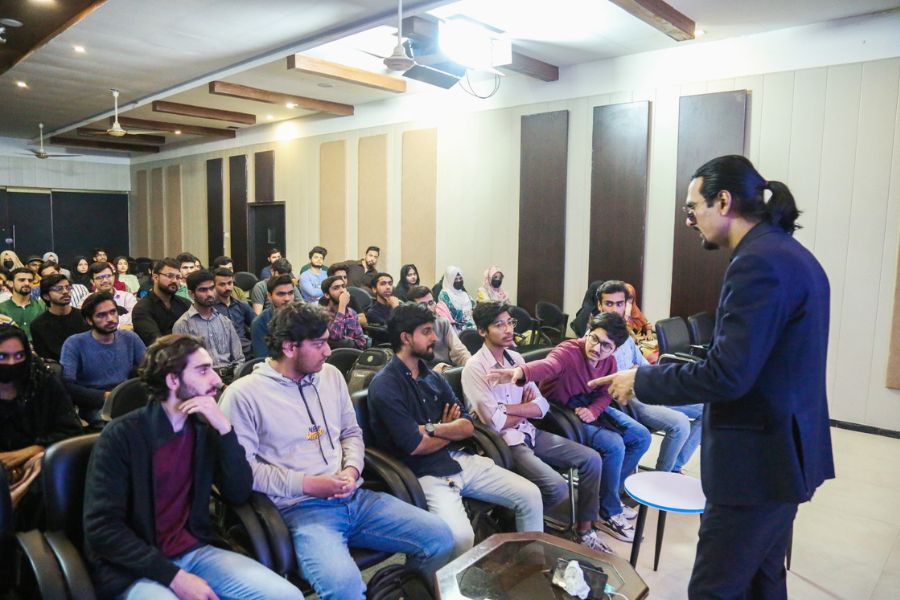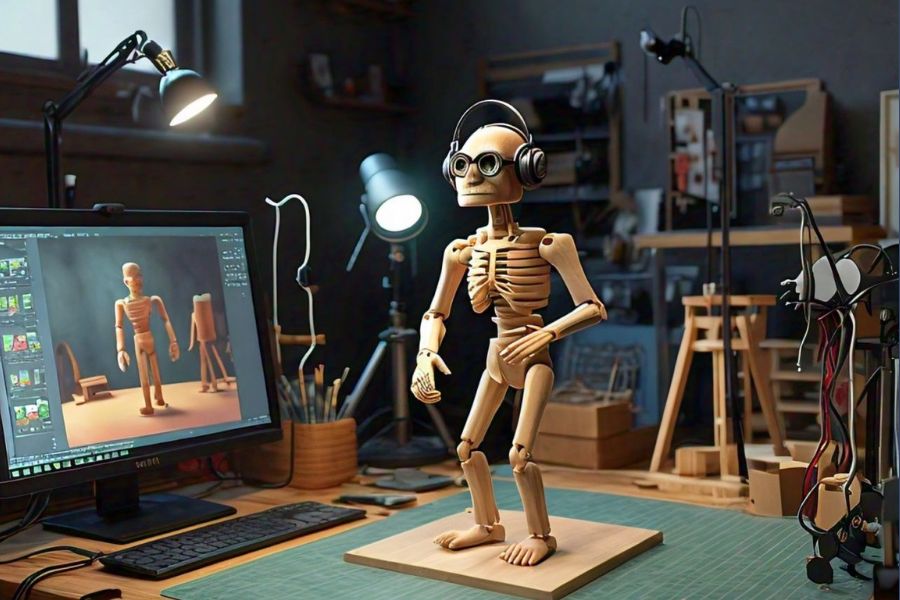Table of Contents
Introduction to Stop Motion Animation
Stop motion animation is a captivating art form that brings inanimate objects to life, frame by frame. It has a unique charm, combining creativity, patience, and technical skill. We’ll cover stop-motion animation for beginners, stop motion animation software, creating armatures for stop motion, and stop-motion animation lighting.
The Charm of Stop Motion Animation
What sets stop motion apart is its tangible, handmade feel. Each movement is meticulously crafted, giving the final product a distinct personality and texture that digital animations sometimes lack. The tactile nature of stop motion makes it accessible and engaging for animators of all levels, from hobbyists to professionals.
Stop-Motion Animation for Beginners

Getting Started with Stop Motion Animation
Starting your stop-motion journey begins with understanding the basics. Here’s what you’ll need:
Essential Tools and Materials
- Camera: A DSLR or even a good smartphone can work.
- Tripod: To keep your shots steady.
- Software: To capture and edit your frames (more on this later).
- Lighting: Consistent lighting is key.
- Armature Materials: Wire, joints, and other materials to create your characters.
Basic Techniques to Master
Start by practicing simple movements, like a ball bouncing or a character waving. Focus on maintaining consistency in your frames to ensure smooth motion. Patience is critical; even the smallest changes can significantly impact the final animation.
Examples of Basic Animations:
Bouncing Ball: This is a classic exercise for beginners as it helps understand the concept of squash and stretch, a fundamental animation principle. You can find numerous tutorials online that showcase the step-by-step process of animating a bouncing ball. Look for tutorials on platforms like YouTube or animation-specific websites.
Character Waving: Animating a character waving is another great way to practice creating smooth transitions between frames. Here, you’ll focus on how the arm position changes slightly in each frame to create the waving motion. There are many resources available online to guide you through this animation.
Stop Motion Animation Software
Top Stop-Motion Animation Software
Choosing the right software can streamline your animation process. Here are some top picks:
Dragonframe
Dragonframe is the industry standard for stop motion animation software. It offers a range of features, including advanced frame-grabbing tools, motion control, and camera support. It’s perfect for serious animators who want professional-level control over their projects.
Stop Motion Studio
Ideal for beginners, Stop Motion Studio is user-friendly and accessible. It provides basic tools to create and edit your animations, with features like onion skinning, time-lapse, and green screen capabilities.
Other Noteworthy Software Options
- iStopMotion: Great for Mac users, offering intuitive features.
- MonkeyJam: A free option that covers basic needs.
- Eclipse: For those looking for an open-source alternative.
Creating Armatures for Stop Motion
Understanding Armatures in Stop Motion
Armatures are the skeletons that give your characters structure and mobility. Choosing the right type of armature is crucial for achieving fluid and realistic movements.
Types of Armatures
1. Wire Armatures
Wire armatures are flexible and easy to create, making them a popular choice for beginners. They consist of twisted wires that form the character’s skeleton, which can be easily posed and adjusted.
2. Ball and Socket Armatures
These are more complex and durable, providing greater precision in movement. Ball and socket armatures are often used in professional productions due to their stability and range of motion.
Materials Needed for Armature Creation
You’ll need:
- Wire: Aluminum or steel wire works well.
- Joints: For more complex movements.
- Epoxy putty: To secure joints.
- Foam or padding: To bulk out the armature.
Step-by-Step Guide to Building an Armature
- Sketch Your Character: Outline the proportions and joints.
- Cut and Twist Wire: Create the skeleton based on your sketch.
- Add Joints: Use epoxy to secure movable joints.
- Bulk Out the Armature: Use foam or padding to add muscle and shape.
- Cover with Skin: Use fabric, clay, or latex to finalize your character.
Stop Motion Animation Lighting
Importance of Lighting in Stop Motion Animation
Lighting can make or break your stop motion animation. It sets the mood, highlights details, and ensures consistency across frames.
Basic Lighting Setups
Start with a three-point lighting setup:
- Key Light: The main light source.
- Fill Light: To reduce shadows.
- Back Light: To separate the subject from the background.
Advanced Lighting Techniques
Experiment with different light sources and angles to create dramatic effects. Use gels to change light color and reflectors to bounce light into shadows.
DIY Lighting Solutions
You don’t need expensive equipment to get great results. Household lamps, LED strips, and even natural light can be effective. Use diffusers like white bedsheets or parchment paper to soften harsh lights.
Practical Tips and Tricks

Enhancing Your Stop Motion Animation
Maintaining Consistency
Ensure your set and characters remain in place between shots. Use markers and reference photos to maintain positioning.
Incorporating Sound and Music
Sound adds depth to your animation. Record custom sound effects or use royalty-free music to complement your scenes.
Post-Production Editing Tips
Use editing software to refine your animation. Adjust frame rates, add effects, and sync audio for a polished final product.
Frequently Asked Questions
What is the best stop motion animation software for beginners?
Stop Motion Studio is highly recommended for beginners due to its user-friendly interface and essential features.
How do I create a simple armature?
Start with wire and twist it into a skeleton shape, then add joints and bulk it out with foam before covering it with fabric or clay.
What kind of lighting should I use for stop motion?
A three-point lighting setup with key, fill, and back lights works well. You can use household lamps with diffusers as a budget-friendly option.
How can I keep my stop motion animation smooth?
Maintain consistency by securing your set and characters between shots, and take small, incremental movements for each frame.
What are some common mistakes to avoid in stop motion animation?
Avoid changing lighting between shots, ensure your camera is stable, and plan your scenes to prevent inconsistencies.

